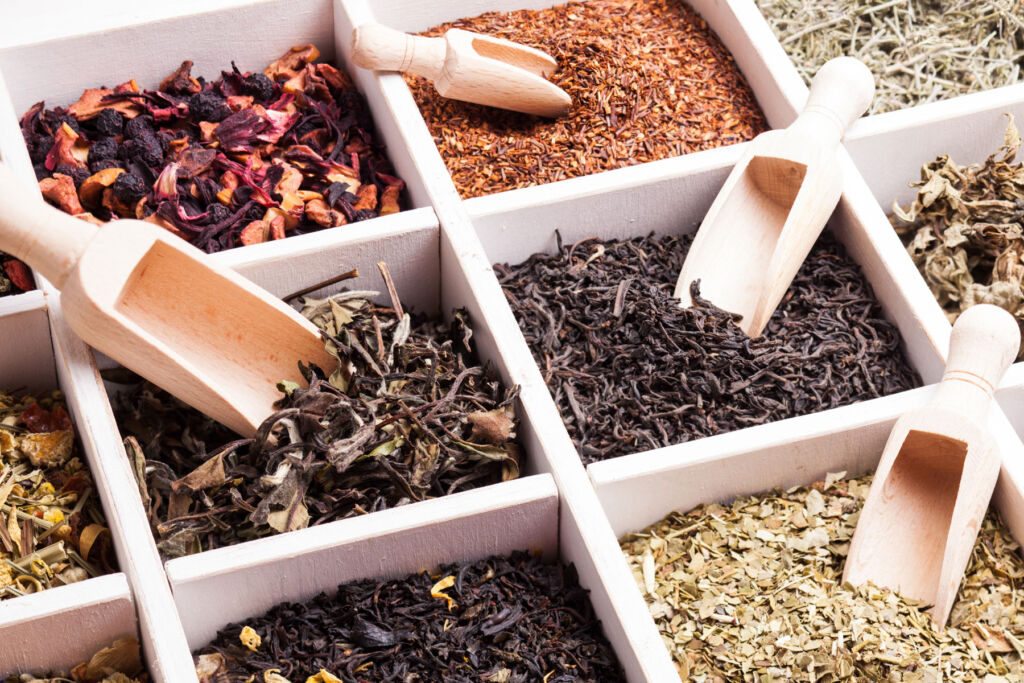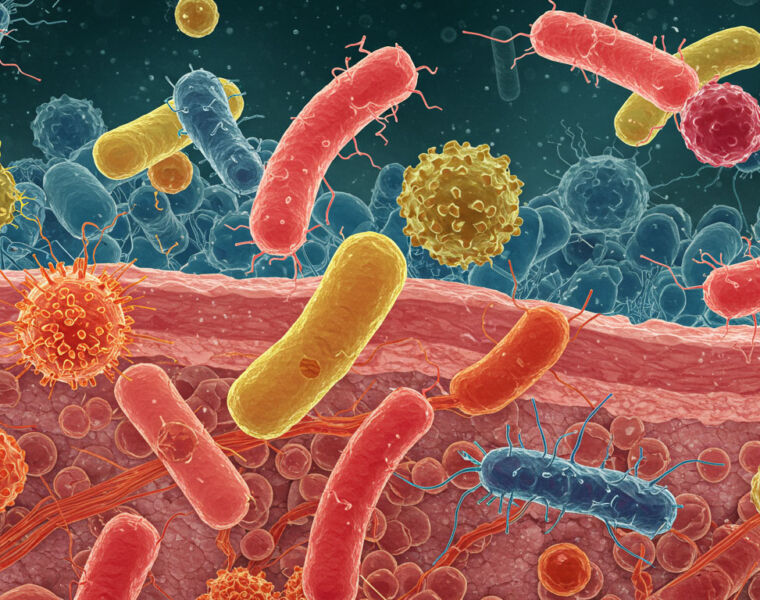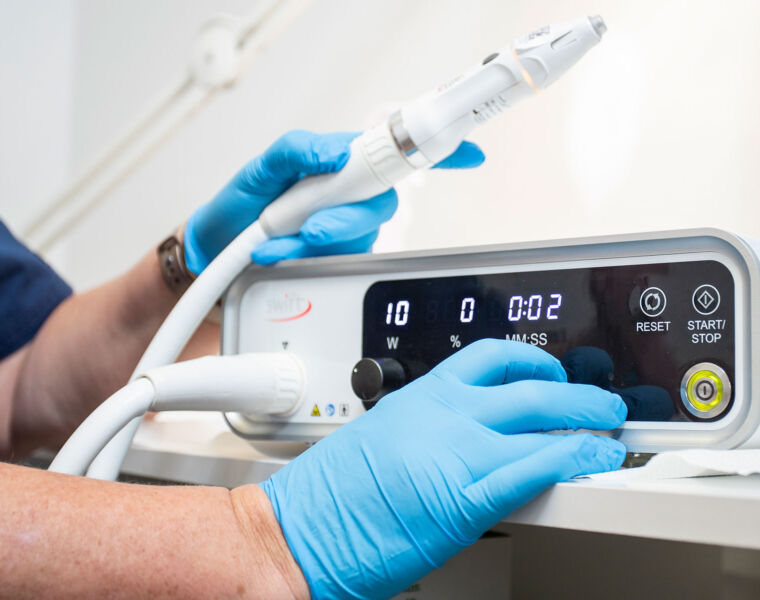
It’s indisputable that Brits love tea, and many know more about the much-loved beverage than they realise, but not everything, according to a new research study and report by the UK Tea and Infusions Association, to be launched to mark International Tea Day on the 21st of May.
British people probably know more than they think about tea, according to a new Census Study¹ and Report – ‘From Plant to Cup: There’s more than meets the eye to a cup of tea‘, from the UK Tea and Infusions Association (UKTIA).
The new research study shows that nearly 7 in 10 Brits know that tea is made from the tea plant leaves, with some able to name more than a few tea-producing countries.

The study also revealed that more than six in 10 appreciate that tea leaves have to go through drying, rolling and chopping before ending up in our cup, and some of those polled also knew that tea needs to be tested for quality throughout its production.
However, there are some facts Britain’s huge army of tea drinkers might not be aware of.
- Our love of tea started when Charles II married Portuguese princess and tea lover Catherine of Braganza.
- The first shipment of tea from China arrived in 1664 to quench the thirst of wealthy Londoners.
- Today, we import around 100,000 metric tons of tea yearly to provide for the one hundred million cups we drink daily in the UK.
- Tea is grown in more than 60 countries worldwide; some are in the UK and on the Channel Island of Jersey.
- It can take 15 years to get from tea plant seedling to harvesting the leaves for a cuppa.
- Huge driers – like hairdryers inside tunnels – get the moisture content of tea leaves down to 3-4%. It is crucial for keeping tea fresh in your kitchen cupboard.
Dr Sharon Hall, Chief Executive of the UK Tea and Infusions Association, says, “Many of us take tea for granted, but there really is an amazing back story to how this humble leaf ends up in our teabags or teapots.
“The type of tea enjoyed most in the UK is robust, typically drunk with milk and brewed using a teabag. To create this flavour profile, tea leaves have to be cut more finely using something resembling a mincing machine called a CTC (cut, tear, curl).
“Tea tasting is also vital to produce the ‘British taste’. Like wine, the expert tea tasters will slurp the brew to bring in air, swish it around the mouth, and spit it out to evaluate the flavour. It’s a very strict process.
“There are agreed standards on tasting methods, terminology and even the crockery used to make the brew to ensure everyone around the world is assessing quality the same way.
“As our report shows, tea production is a highly complex process, but thankfully all we need to do is stick on the kettle, boil the water needed, grab a teabag, pour the water and sit back to enjoy a lovely, warming cuppa!”
To discover more about tea, and Britain’s tea habits, visit www.tea.co.uk.
¹ Independent poll of 1011 UK-based adults, March 2023.
Read more health guides, news and features here.

![]()




You must be logged in to post a comment.